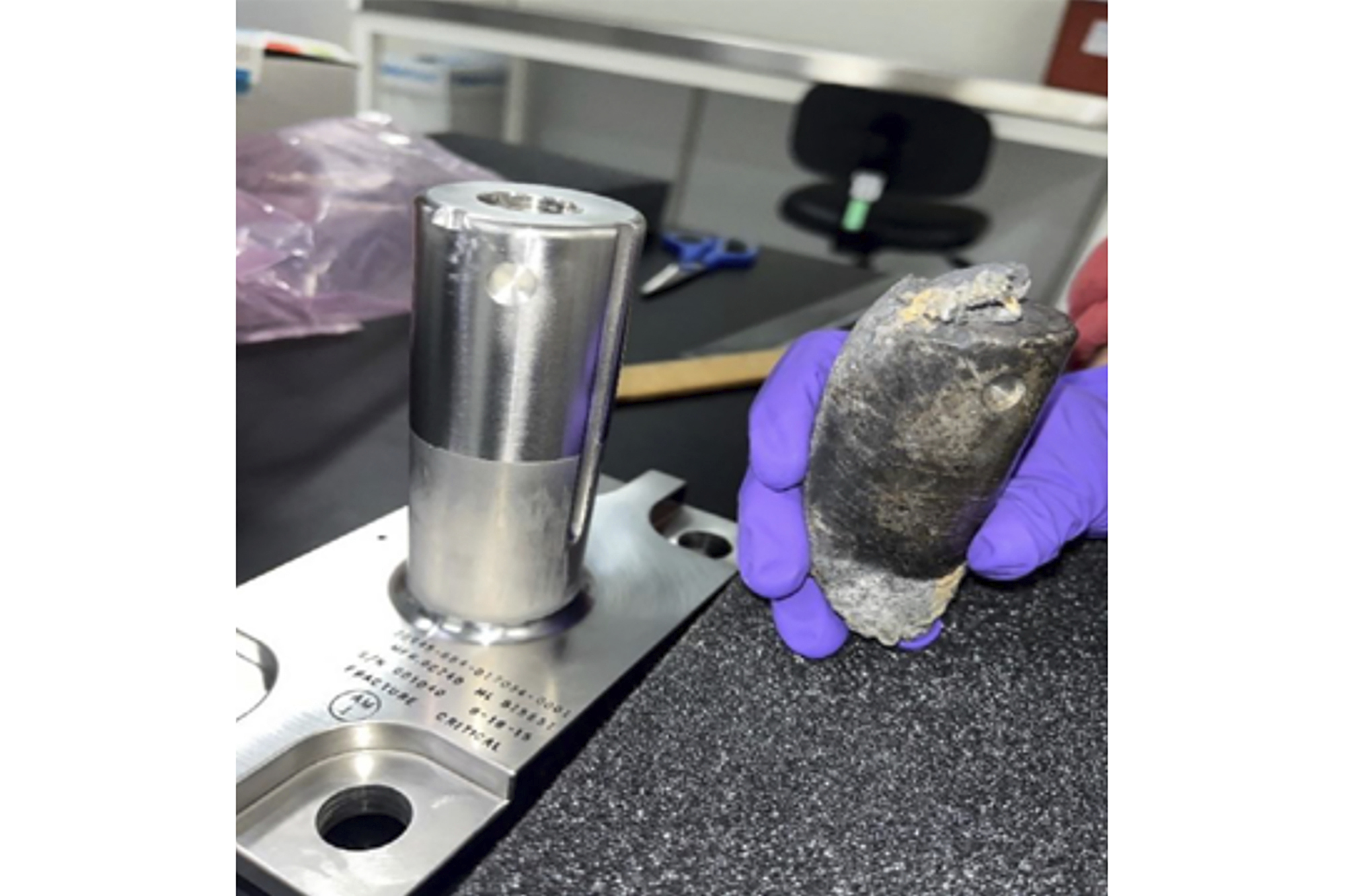If you have asthma, you know the anxiety of wondering when the next attack will strike. It can be a helpless feeling and fear of another attack may lead you to limit your activities.
Fortunately, you are not nearly as powerless as you may think. Asthma has no cure, but most people can dramatically reduce their odds of an asthma attack. The key is to identify and avoid asthma triggers -- the substances or stimuli that cause your symptoms.
Identifying Your Triggers
Asthma attacks can be triggered by many substances or conditions, and triggers differ from person to person. Some of the most common asthma triggers include allergies, air pollution, viral infections and exercise.
To complicate matters, many people with asthma have more than one trigger. So, you will need a doctor's help to isolate yours. This may include blood or skin testing (especially if allergies are suspected) or keeping a detailed diary. When symptoms occur, the diary can help the doctor find patterns in your behavior or exposures that point to a specific trigger.
For example, if you often start to wheeze during a workout, the doctor may suspect that exercise is a primary trigger of your asthma. However, if the same workout only triggers an attack when you exercise outdoors, then pollution or pollen may be the trigger.
Attacks may start suddenly or take many days to develop. So it may take some time, along with trial and error to identify your triggers. But the payoff is worth the wait. After you know what triggers your symptoms you can take active steps to lessen the impact of asthma on your life.
Avoidance Techniques
The best way to prevent an asthma attack is to avoid the factors or situations that trigger your symptoms. Avoidance techniques vary depending on the trigger. But there are some tips that will help with many different triggers, such as:
- Wash your hands frequently. This can protect you from bacteria and viruses that may trigger attacks. It can also remove allergens from your fingers and keep you from inhaling them.
- Install a HEPA (high efficiency particulate air) filter in your home. HEPA filters remove air particles that can be asthma triggers, such as dust, animal dander and pollen. They can also help prevent the spread of airborne viral and bacterial organisms, reducing the risk of infections that can trigger an asthma attack.
- Adjust to current conditions. If molds trigger your asthma, avoid going outdoors during rainstorms. Sudden weather changes in temperature or barometric pressure when weather fronts pass can trigger asthma attacks for some people. For other outdoor triggers, make it a habit to check your local allergy forecast and act accordingly. When pollen or pollution counts are high, close your windows and use the air conditioner to filter inside air. Sometimes the best avoidance technique is to simply stay inside. If you must go out, protective masks can reduce the amount of certain triggers you breathe in.
- Avoid smoke (all types). Most people with asthma know the importance of not smoking and avoiding secondhand cigarette smoke. But wood smoke from fireplaces or outdoor burning can also trigger symptoms.
- Take extra care when traveling. Many asthma triggers vary by location and environment. So, travel planning should also include checking allergy forecasts at your destination. It should include a talk with your doctor about how you can adjust your asthma management techniques if you need to. Your doctor may give you tips for avoiding allergens commonly found in cars, buses, trains, cruise ships, airplanes and hotel rooms (e.g., dust mites, mold). For example, car travel in the early morning and late evening is best to avoid air pollution. A few international flights still permit smoking, so check to make sure your seat is well away from a smoking section.
- Lead a healthy lifestyle. Staying in good overall health will leave you less vulnerable to reacting to the allergens you do encounter. So eat right, get enough rest, maintain a healthy weight and reduce stress and anxiety. And don't forget to follow a doctor-approved exercise plan.
Avoidance is the best technique for asthma attacks. But when avoidance is impossible, asthma management takes over. Working with your doctor, you can develop a plan to know when to monitor your lung function, how to use medications and when you need to visit the doctor or hospital.
U.S. & World
Asthma has the potential to cause frightening and potentially life-threatening symptoms. But modifying your environment and day-to-day behavior can help you minimize your risk of asthma attacks. And with that, you can breathe a little easier.



